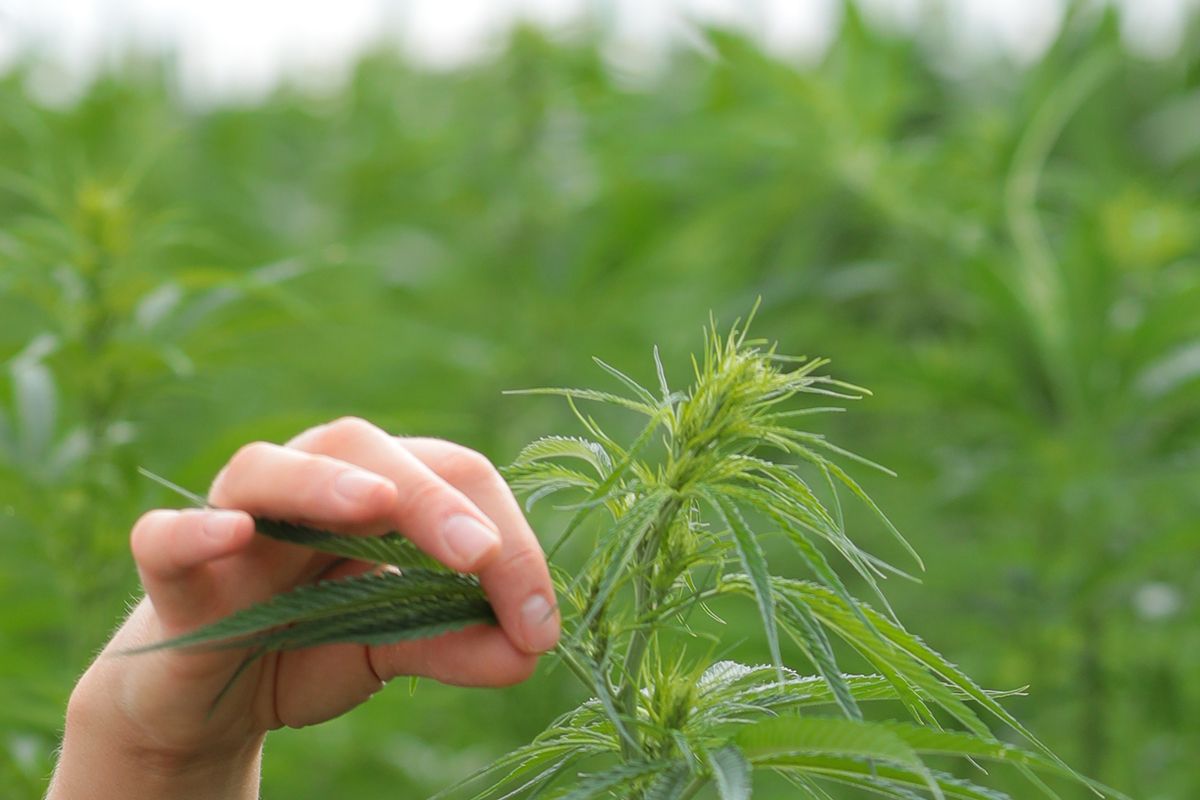The largest marijuana grower in Colorado – Pueblo-based Los Sueños Farms – disclosed it lost millions of dollars during an early winter storm after half the company’s plants froze before harvest could be completed.
The crop loss in Southern Colorado is expected to send ripples throughout the state’s cannabis supply chain, reducing the supply of marijuana available to retailers and processors. Those businesses could face higher wholesale cannabis prices.
By contrast, extractors could benefit by getting access to additional plant material to manufacture goods such as infused products, edibles and concentrates.
With 36 acres in outdoor production, plus an indoor cultivation operation, Los Sueños touts itself as the largest cannabis farm in North America.
“It was going to be a huge, bumper year,” Los Sueños founder Bob DeGabrielle said. “Unfortunately, you can’t do anything about Mother Nature.”
With the loss of this magnitude, there will likely be a shortage of flower in an already tight wholesale marijuana flower market.
“This is definitely going to affect the entire state’s supply,” said Joshua Haupt, chief revenue officer with Denver-based Medicine Man Technologies.
Medicine Man Technologies is in the process of acquiring Los Sueños Farms for $11.9 million.
Los Sueños customers had relied on the company for a value-oriented product. But the Oct. 10 storm has put a major crimp on that product pipeline, said DeGabrielle.
He said his company supplies biomass for processing for infused-products cannabis companies such as Wana Brands, Dixie Brands and Evolab, among others. All are based in Colorado.
DeGabrielle expects processors buying trim will be under pressure to pay higher prices because a lot of what Los Sueños will be selling on the processing market is now high-potency flower, which commands a higher price point.
Storm damage
The Los Sueños crew was able to cut down about 50%, or 20,000, of a total of 40,000 plants before eight hours of subfreezing temperatures damaged the crop. The area was also blanketed with several inches of snow.
DeGabrielle said he was looking at a yield that would have been two to three times bigger than his previous record. But the weather dashed those hopes.
To save the crop, it was all-hands-on-deck to help with the harvest once it began snowing.
One problem, however: Los Sueños’ greenhouses and hoop houses were already filled with drying plants that had been cut down starting in late September. As a result, the company had little additional storage space.
“There was no place else to put much more product,” DeGabrielle added.
His crew covered plants with blankets. But 50-mph winds blew off the blankets.
The crew also ran hot water into the fields to keep the root mass warm.
“We did everything we could do to mitigate what was happening,” DeGabrielle said.
According to DeGabrielle, this is the second time in 33 years he has seen such a snow and freeze before Halloween.
Crop salvage
While the remaining material won’t be sold on the flower market, the company can salvage the biomass and sell it for extraction.
DeGabrielle estimated he would have harvested 750,000 pounds of biomass before the storm, and it’s too early to tell what the final numbers will be until everything is harvested.
He still needs to process the other 20,000 plants.
“It’s kind of like, until the baby comes, how much is it going to weigh?” he said.
Despite everything, DeGabrielle expects the yield to come in about 25% better than last year.
Workers will be harvesting plants for the next two weeks.
After the freeze, DeGabrielle took some plants out of the field and dried them. The biomass tested at 18%-24% THC content.
That’s significantly higher than most trim, which tests in the 6%-8% range, according to DeGabrielle.
He chalks it up to the majority of the remaining plant material coming from flower, not leaves, which died in the freeze.
DeGabrielle emphasized that this isn’t a total loss.
“We had some beautiful crops,” he said. “And of what we got we have some beautiful bud to sell.”
Bart Schaneman can be reached at barts@mjbizdaily.com







